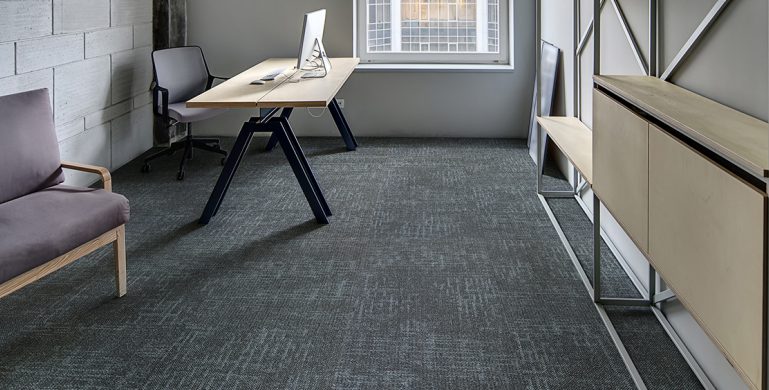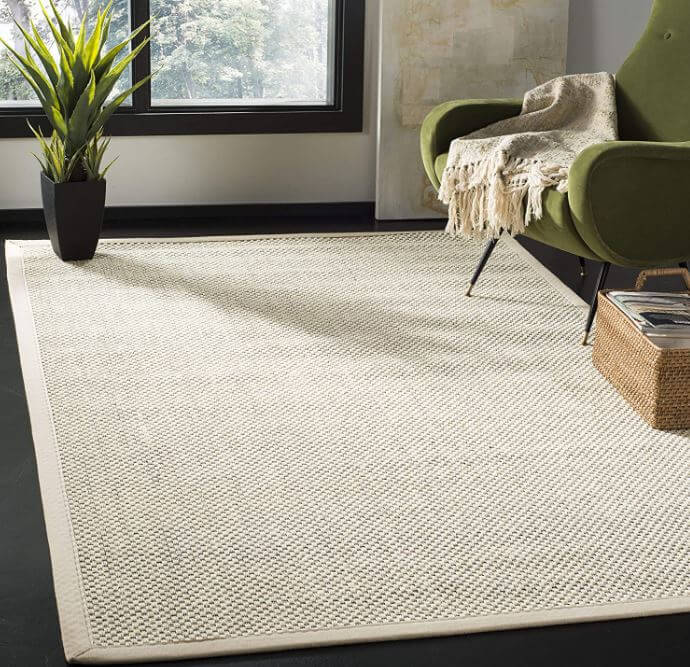The UPSC exam is widely considered one of the toughest exams in India. It requires hard work, determination, and a well-planned approach to crack it. Unfortunately, many aspirants fail to clear it even after multiple attempts, leaving them disheartened. In this article, we want to offer a helping hand to those who have attempted the UPSC mains exam three times but still struggle to clear it. It is essential to note that the eligibility criteria for UPSC exam are strict and non-negotiable. Therefore, candidates must meet all the requirements before applying for the exam.
| Table of Contents |
|
Understanding the UPSC Mains Exam Pattern Tips and Strategies for Success
|
Understanding the UPSC Mains Exam Pattern
Before discussing the tips and strategies to succeed in the UPSC mains exam after three attempts, let’s briefly understand the exam pattern. The UPSC mains exam is conducted in two stages: a written exam and a personality test (interview). The written exam consists of nine papers, including two qualifying papers (English and an Indian language) and seven merit-based papers (Essay, General Studies I to IV, and Optional Subject). The total marks for the written exam are 1750, and the personality test carries 275 marks.
Common Reasons for Failure
● Lack of Preparation
One of the primary reasons for failure in the UPSC mains exam is the need for more preparation. Aspirants should have a thorough understanding of the exam syllabus and pattern and create a well-structured study plan to cover all the topics in the syllabus. Additionally, they should revise regularly and solve previous years’ question papers to test their knowledge and identify areas for improvement.
● Inadequate Time Management
Time management is crucial in the UPSC main exam, and many aspirants need better time management skills. Aspirants should allocate adequate time for each paper and prioritize the papers based on their strengths and weaknesses. Additionally, they should complete each paper within the allocated time and not spend too much time on a single question. Moreover, the eligibility criteria for this exam should be met before applying for the exam.
● Poor Answer Writing Skills
Answer writing skills are vital in the UPSC mains exam, and many aspirants struggle with it. Aspirants should focus on writing clear and concise answers and presenting their arguments logically and coherently. Moreover, they should use relevant examples and data to support their arguments and avoid irrelevant or repetitive information.
Tips and Strategies for Success
- Revise and Consolidate Your Knowledge
Aspirants should revise regularly and consolidate their knowledge by creating revision notes, mind maps, and flashcards. They should also solve previous years’ question papers to test their knowledge and identify areas for improvement. Additionally, they should regularly stay updated with current affairs by reading newspapers, magazines, and online sources. It’s important to note that staying updated with current affairs is an important aspect of the UPSC exam. Questions related to current events are commonly asked in the exam. Aspirants should also consider the eligibility criteria for the UPSC exam while preparing for it. Candidates must fulfil all the requirements before applying for the exam to avoid later disqualification issues.
- Improve Your Answer Writing Skills
Answer writing skills are crucial in the UPSC mains exam, and aspirants should focus on improving their writing skills. They should practice writing answers regularly and write clearly, concisely, and structured manner. To improve answer writing skills, aspirants should keep the following tips in mind:
- Understanding the Question:
It is essential to understand the question thoroughly before writing the question. Aspirants should take their time to carefully read the question and identify the keywords and any instructions provided in the question. By doing so, they can ensure that they are addressing the actual requirements of the question and not just writing about a related topic. This will help them to stay focused and relevant and ultimately score better on the exam.
- Structuring the Answer:
A well-structured answer makes it easier for the examiner to read and understand the answer. Aspirants should structure their answers with an introduction, body, and conclusion. The introduction should provide a brief overview of the answer, while the body should explain the main points in detail. The conclusion should summarize the answer and provide a final perspective.
- Clarity of Thought:
During the UPSC mains exam, aspirants need to focus on writing answers that are accurate, clear, and easy to understand. Aspirants should aim to use simple and concise language accessible to a wide range of readers and avoid using jargon or technical terms that the examiner may not be familiar with. This will help ensure that their answers effectively convey their ideas and arguments and that the examiner can follow and evaluate their responses easily. Additionally, aspirants should structure their answers logically and coherently, with clear headings and subheadings where appropriate, to enhance their responses’ readability and overall quality.
- Use of Examples:
Aspirants should use examples wherever possible to support their answers. Examples help to illustrate the points made in the answer and make it more convincing.
- Time Management:
Aspirants need to ensure that they manage their time efficiently during the UPSC exam. They should allocate time to each question and ensure they complete the exam within the allotted time.
- Practice, Practice, Practice:
Answer writing is a skill that can be improved with practice. Aspirants should practice writing answers regularly, analyse their mistakes, and improve their writing skills.
Conclusion
In conclusion, enhancing answer writing skills and various factors discussed above, inclusive of meeting the eligibility criteria for UPSC, is indispensable for achieving success in the UPSC mains exam. Aspirants should prioritize comprehending the question, organizing their answers coherently and systematically, and articulating themselves clearly and concisely while being amiable toward the examiner’s perspective by providing relatable examples. They must also effectively manage their time to ensure that they can deliver quality responses within stipulated deadlines while regularly practicing to refine their friendly answer writing abilities. Adhering to these guidelines, aspirants can easily elevate their prospects of triumphantly clearing the UPSC main examination.
FAQs
- What is the UPSC exam, and why is it considered tough?
The Union Public Service Commission (UPSC) examination is a nationwide test held in India for hiring individuals to serve in different government positions. The exam is known to be challenging due to its extensive curriculum, intense rivalry among applicants, and demanding evaluation procedure.
- Can I clear the UPSC exam after three failed attempts?
It is achievable to pass the UPSC exam even after encountering three unsuccessful attempts. Many triumphant candidates have accomplished this feat by enhancing their preparation techniques and confronting their deficiencies.
- How important is time management in the UPSC mains exam?
Given the extensive syllabus and limited timeframe, effective time management plays a critical role in succeeding in the UPSC mains exam. Aspirants must prioritize subjects, allocate ample time for each topic, and engage in timed mock tests to enhance their swiftness and precision.






 There are a number of advantages to
There are a number of advantages to 